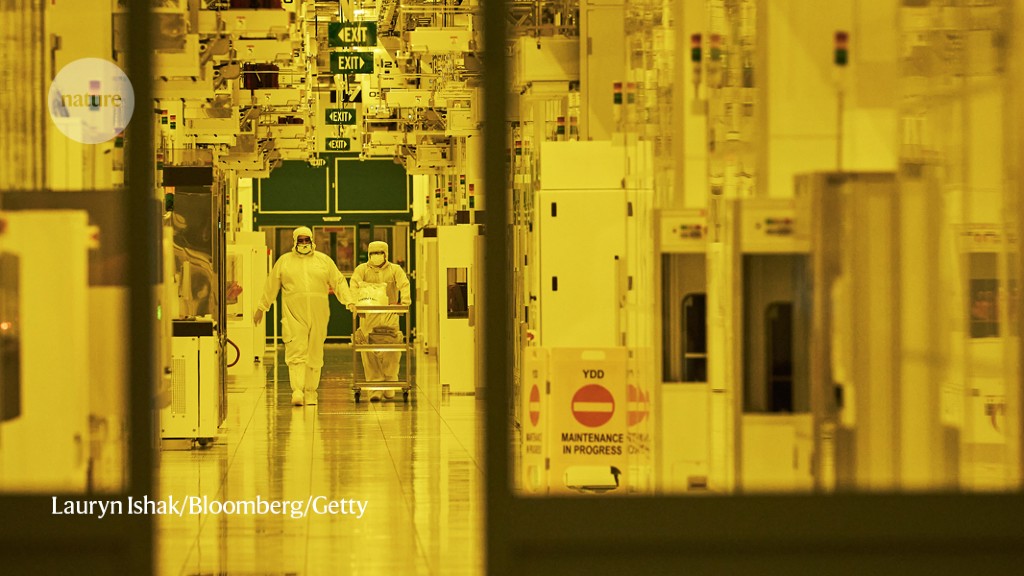I think this is more ML than AI but progress just the same. I feel another semiconductor disruption coming, absolutely.

 www.nature.com
www.nature.com
Artificial intelligence can help the electronics industry to speed up chip design. But the gains must be shared equitably. Google’s researchers used 10,000 chip floorplans to train their software. The software then worked out how to generate floorplans that used no more space, wire and electric power than did those designed by engineers. Miniaturization and low power are particularly important for the chips used in smartphones.
The AI-generated chips took less than six hours to design, and the method has already been used to design Google’s tensor processing unit, or TPU, which is used mainly in the company’s cloud-based machine-learning applications. More teams need to test the design software to make sure it is robust and can accommodate other data sets and chip types. If more groups can recreate its success, that will cement its place in the chip-design toolbox.

Google’s AI approach to microchips is welcome — but needs care
Artificial intelligence can help the electronics industry to speed up chip design. But the gains must be shared equitably.
Artificial intelligence can help the electronics industry to speed up chip design. But the gains must be shared equitably. Google’s researchers used 10,000 chip floorplans to train their software. The software then worked out how to generate floorplans that used no more space, wire and electric power than did those designed by engineers. Miniaturization and low power are particularly important for the chips used in smartphones.
The AI-generated chips took less than six hours to design, and the method has already been used to design Google’s tensor processing unit, or TPU, which is used mainly in the company’s cloud-based machine-learning applications. More teams need to test the design software to make sure it is robust and can accommodate other data sets and chip types. If more groups can recreate its success, that will cement its place in the chip-design toolbox.

